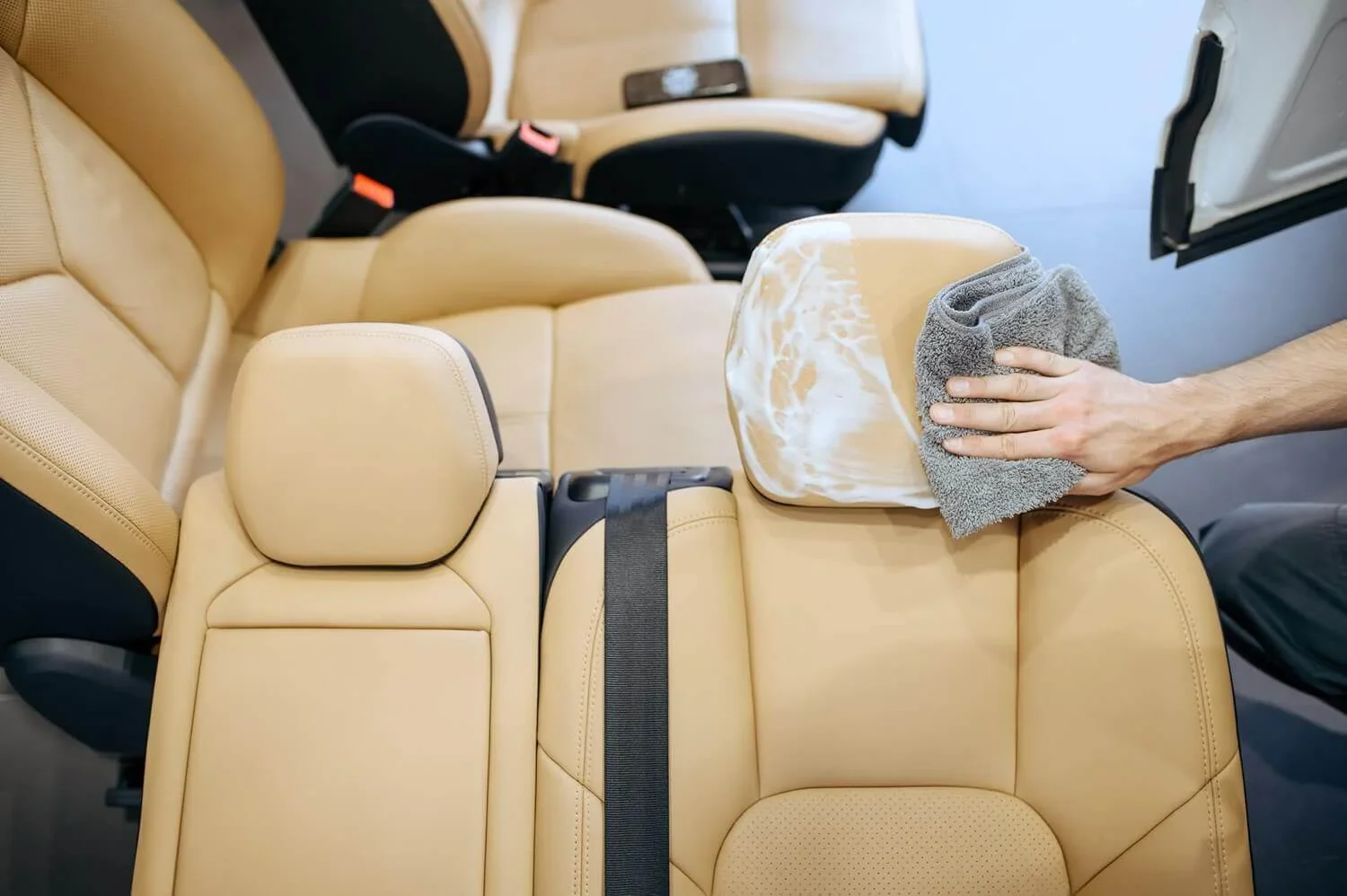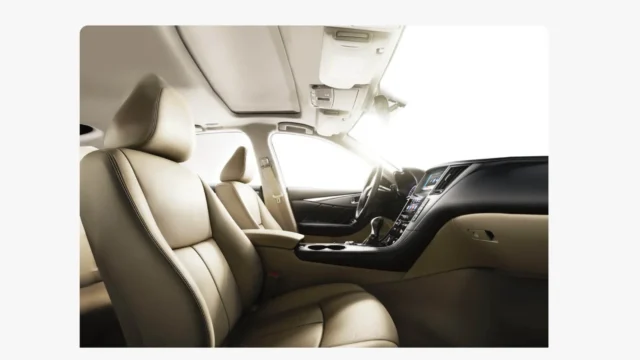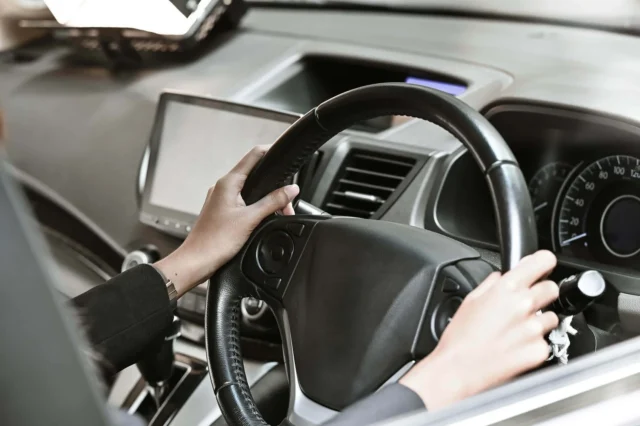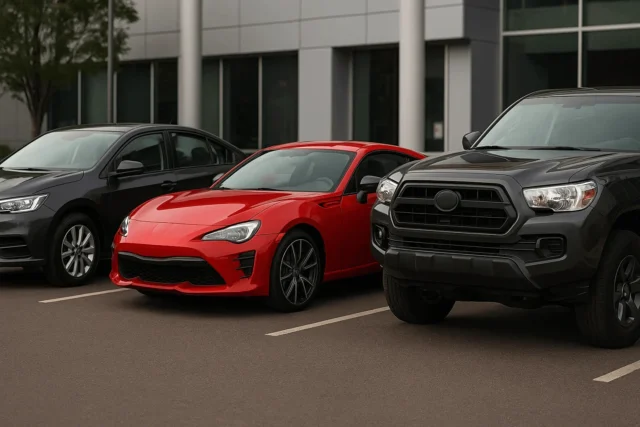As the automotive industry evolves, the role of leather in vehicle interiors is transforming. In 2025, the use of automotive leather continues to push boundaries, blending luxury, functionality, and sustainability.
With the rise of electric vehicles (EVs) and semi-autonomous driving, car interiors are becoming more than just functional spaces—they are evolving into environments of comfort and convenience.
As consumers increasingly demand both eco-conscious solutions and premium experiences, automotive leather manufacturers are stepping up with innovations that align with these needs.
This article explores the top automotive leather trends shaping car interiors, offering a glimpse into the future of automotive design, consumer preferences, and the shifting dynamics of modern driving.
1. Sustainable Leather Solutions: Transforming By-Products into Luxury
Sustainability is one of the most prominent trends in the automotive sector today, particularly in automotive leather production. As industries—including automotive—face increasing pressure to reduce their environmental footprint, companies are leading the way by transforming food industry by-products into premium leather. This innovative approach not only helps reduce waste but also supports a circular economy, where materials are repurposed rather than discarded.
By repurposing by-products, manufacturers can produce high-quality automotive leather with a much lower environmental impact compared to traditional methods. This trend is part of a larger movement within the automotive industry to adopt more sustainable materials that do not compromise on luxury, performance, or aesthetics.
In 2025, we can expect a significant increase in the demand for sustainable leather products, especially as consumers become more environmentally conscious and manufacturers continue to innovate with alternative, low-impact solutions.
2. Technological Integration: Smart Leather for Modern Cars
The future of automotive leather isn’t just about appearance and durability—it’s about integrating technology to enhance the driving experience. In 2025, smart leather, equipped with advanced features such as heating, cooling, and touch-sensitive functionality, will become a key trend in car interiors.
Imagine leather seats that automatically adjust their temperature based on the climate or the preferences of the driver and passengers. This technology will be powered by sensors embedded within the leather, creating a seamless interaction between comfort and innovation. Additionally, leather could be integrated with haptic feedback, providing tactile responses to control functions and offering both a luxurious and interactive experience.
This blend of luxury and tech-savvy solutions offers a glimpse into the future of automotive interiors, where convenience and customisation will be paramount. For example, a driver could activate a heated seat through voice command, or leather surfaces could change their texture based on environmental conditions.
This trend represents a shift towards cars that are not merely vehicles, but responsive environments that adapt to the needs of their occupants.
3. Premium Quality, Customised Leather Car Seat Covers
While sustainability and technology are important, the classic appeal of high-quality leather remains strong. As consumers seek a more personalised experience, customised leather car seat covers are gaining popularity.
In 2025, car manufacturers and aftermarket suppliers are expected to offer a wider range of leather customisation options, including various textures, colours, and stitching patterns.
Consumers are increasingly looking for ways to make their cars feel more like a personalised space, and the customisation of leather seat covers provides an easy and effective way to achieve that.
Whether it’s choosing a specific shade of leather, opting for a perforated finish, or selecting contrasting stitching, the ability to personalise leather interiors is becoming a significant part of the automotive experience.
This trend is driven by the growing demand for luxury, where leather interiors offer a sophisticated and comfortable atmosphere for drivers and passengers alike. The ability to tailor car interiors—from the seats to the dashboard—to individual tastes provides an elevated experience that many now expect from their vehicles.
4. Durability and Performance: Leather That Lasts
As vehicles evolve, so too must the materials used in their construction. Leather is no exception. In 2025, consumers will see even more durable and high-performance automotive leather options. Innovations in leather processing and treatment technologies are making leather more resistant to wear, tear, and stains, ensuring that car interiors continue to look pristine over time.
Advanced treatments such as UV protection, water resistance, and anti-abrasion coatings are enhancing the lifespan of leather. These treatments not only help maintain its appearance but also improve its performance in challenging environments, such as extreme temperatures and prolonged sunlight exposure. With these innovations, leather interiors can withstand daily use while retaining their luxurious feel.
The use of more durable leather is also linked to the growing trend of car interiors needing to accommodate a variety of lifestyles. Whether it’s families with children, pet owners, or frequent travellers, the demand for long-lasting leather options continues to grow—and manufacturers are responding accordingly.
5. Color Trends: Earthy Tones and Bold Shades
In 2025, automotive leather colours will lean heavily towards earthy tones like warm browns, tans, and olive greens, providing a natural and organic aesthetic for car interiors. These colours reflect a broader trend in design towards minimalism and a desire for materials that evoke a connection to nature.
However, bold colours will still have a place in automotive leather, particularly in high-end and customised vehicles. Deep reds, rich blues, and even metallic finishes will be popular in luxury models, offering a more vibrant and dynamic look for those seeking something unique.
The ability to incorporate a wider variety of colours into leather seat covers and other interior components allows for even greater personal expression in car design.
This shift towards both bold and earthy tones highlights a growing desire for individuality and a deeper emotional connection to our surroundings—reflected in how people choose to personalise their car interiors.
6. Advanced Care and Maintenance Solutions
Maintaining automotive leather has often been a challenge, but in 2025, we will see more innovative care and maintenance solutions that help preserve the quality of leather seats and surfaces.
From self-cleaning leather to advanced coatings that repel dirt and stains, these innovations make it easier for consumers to care for their leather interiors, extending their lifespan and keeping them looking new.
As part of this trend, manufacturers will continue to develop leather treatments and products that simplify the care process. These treatments will help protect against discolouration, wear, and other signs of ageing, ensuring that leather interiors remain in pristine condition with minimal effort.
Conclusion: A Luxurious, Sustainable, and High-Tech Future for Automotive Leather
The future of automotive leather is not only about luxury and aesthetics but also about sustainability, performance, and technological advancement. In 2025, the automotive industry will continue to embrace leather that is not only durable but also environmentally responsible, offering consumers premium options that align with their values and preferences.
From the rise of sustainable, by-product-based leather to the integration of smart technology in car interiors, automotive leather will play a pivotal role in shaping the evolution of modern vehicles.
As consumers seek more customisation, longevity, and eco-conscious alternatives, the trends discussed here are set to redefine the future of automotive interiors.
Looking ahead, the combination of luxury, sustainability, and innovation in automotive leather will ensure that car interiors remain stylish, comfortable, and connected to the world around us. Whether you prefer the timeless appeal of traditional leather or the latest advancements in automotive interiors, 2025 promises a new era of exciting developments in automotive design.




